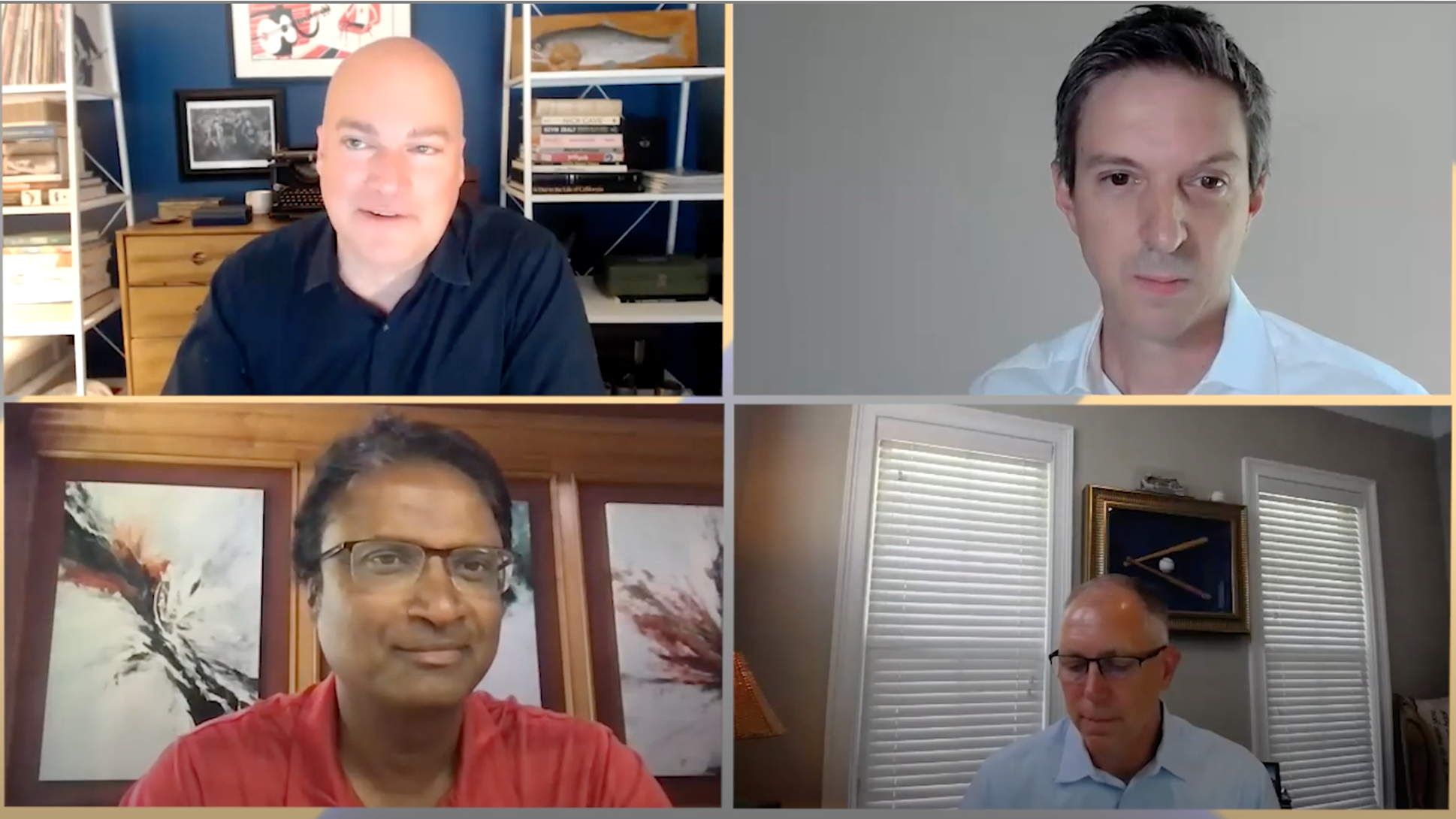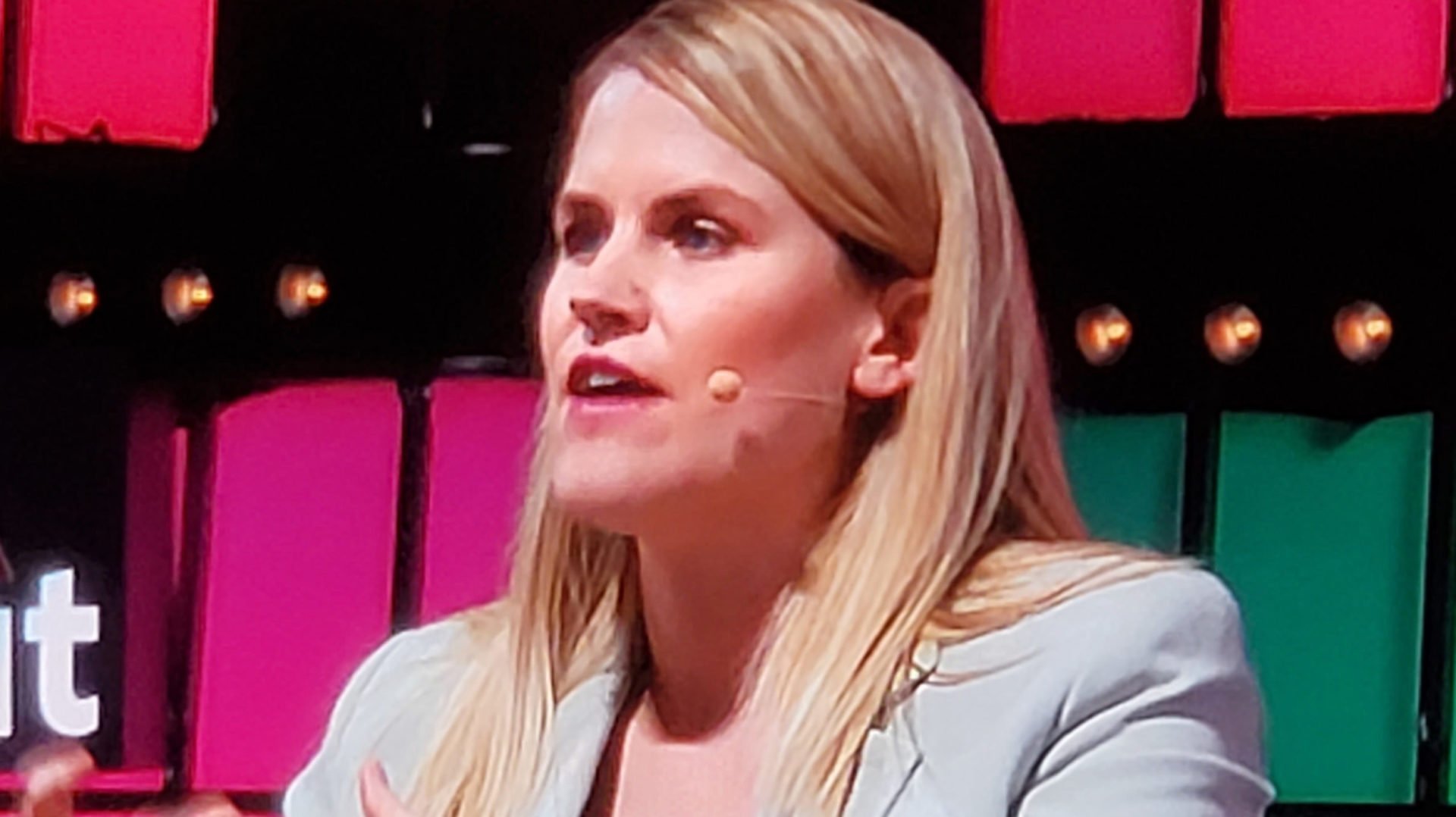“Hollywood is now irrelevant,” said IAC CEO and longtime media mogul Barry Diller (former head of Paramount and Fox) recently to Recode. He’s right, but not for the reasons you may think.
It’s not surprising or profound to argue that the state of the film industry is shaky. It doesn’t take a genius to realize people are going to the theater less, while major studios rely on tentpole franchises and known stars instead of taking bigger creative risks. Just take a look at the theatrical results of the major studios. Whether it’s Warner Brothers, Fox, or Paramount, the trajectory is the same. Down.
For many decades Hollywood was like a poker table where several heavy hitters were playing hands, but no one else was allowed at the game. They kept making bets and sometimes won a big pot. But that pot was always split just between the “Big Six” major studios. The winning hands were the payoffs on big movies and the losses didn’t matter because eventually a great hand eclipsed all the flops.
Now three megatrends are leading to big changes, all thanks (big surprise) to the internet:
- Sources of content are dramatically increasing – the internet and access to increasingly affordable technology has led to far more players at the poker table.
- Costs of production are falling dramatically – meanwhile, the quality of the content improves at an even faster rate.
- Distribution opportunities are dramatically increasing – relationships with establishment distribution outlets – like theaters – are more and more meaningless as content can proliferate anywhere at any time.
Media has just one purpose – to capture and hold consumer attention. Any new source of content, whether it be the crazy-popular game Fortnite, a YouTube video, or a new Amazon series takes attention away from traditional content studios and networks. People only have so much time so if the consumer’s attention turns elsewhere, the studios have a problem.
Acknowledging the new players, Netflix and Amazon video are gaining ground, while Apple’s foray into media appears now to be just months away. To understand why these companies are pulling away from the pack, it’s important to recognize what the assets of major studios really consist of. Hint: not much.
Here’s what a studio really is: some infrastructure, yes, like the lots with big sets and the giant warehouses to hold filming and recording equipment. Other than that, it’s basically a bunch of scripts and relationships. As for the relationships, they include a network for talent (writers, directors, actors) and for distribution (executives of theatrical, cable, and digital companies). The problem is that the relevance of those relationships is diminishing as talent becomes more accessible, while the costs of distribution and production are falling. Handshake deals are a thing of the past.
The real reason why Netflix is doing so well has little to do with Stranger Things or House of Cards. Instead, it boils down to asset productivity. One of the most fundamental analytical metrics for companies is asset turnover, which is defined as a company’s sales divided by its assets. In other words, it tells you how many dollars of revenue a company generates for each dollar of assets carried on the books.
One of the best ways to conceptualize increases in asset turnover is by looking at what Amazon has been able to do for small businesses. By leveraging Amazon’s infrastructure and its Fulfillment by Amazon (FBA) offering, which handles all the shipping and logistics on the seller’s behalf, small businesses have the opportunity to significantly increase sales without spending a single penny on assets. Sure, there is a variable cost component to manufacture more units. But how many more stores (i.e. assets) do they have to invest in to increase sales? None.
The same logic can be applied to media. The formula for major studios historically was singular and narrow to make a few big bets. Content was then distributed around defined venues with ties to the industry. That was pre-internet. Today, the types and sources of content are on the upswing, while virtually zero incremental assets are required for producers to distribute and monetize content around the world. This is why you can make a living playing Fortnite.
What’s happening in the media complex – which we dub the three Hindenbergs – is a collision right in front of our eyes. The three-way symbiosis between content creators, distributors, and promoters (brands) is on its last legs. Here’s how asset productivity weighs into that: the internet enables the use of fewer assets to produce quality content, while giving smaller studios and cheaper content formats access to distribution.
So far the disruption has been primarily on the distribution side. However, content production is rapidly getting disrupted, too. Netflix understands this. This is the reason the company is investing in lower cost content such as documentaries, comedy, and reality.
This is also the reason why Amazon can spend $100 million on a season of The Man in the High Castle with unknown actors and capture 10 hours worth of consumer time. For old Hollywood, a blockbuster costing $300 million or more might only capture two hours of that time.
Looking forward, those media companies that embrace the new paradigm and produce content utilizing this improved asset productivity will prevail. Said another way, success will be obtained by companies that can capitalize on lower cost formats while maximizing reach. The quality of content produced by the ‘micro studios’ should improve logarithmically relative to that made by the professional studios from here, while the sources of content expand in tandem.
New sources of content that are soon to see major distribution, further undermining classical Hollywood. For instance, don’t be surprised if categories like esports go mainstream.
Ultimately, content costs in this industry are trending lower as asset productivity increases. Aside from a small number of marquee franchises that are likely to survive, the rest of the media content paradigm is toast.
To offer some credit, the shift to on-demand programming, which afforded consumers savings of their time with more choice, gave the media complex some breathing room. The byproduct of transferring the programming power back to consumers is increased retention by adding value to their ‘free time’. The thing to keep in mind is that the media industry’s fallout is likely to be faster and more landscape-altering than anyone expects.
Historically, the establishment in any given industry has been able to lengthen the time it took to disintermediate them by taking advantage of the large sunk costs for hard-asset competitive moats. Unfortunately, studio assets are largely intangible. How protective is the moat of a handshake that is losing relevance, and fast? After all, even giants like Steven Spielberg feel threatened.
As far as Hollywood is concerned, the days of the nine-figure movie and $20 million lead actor are mostly over. Sorry, George Clooney.
















